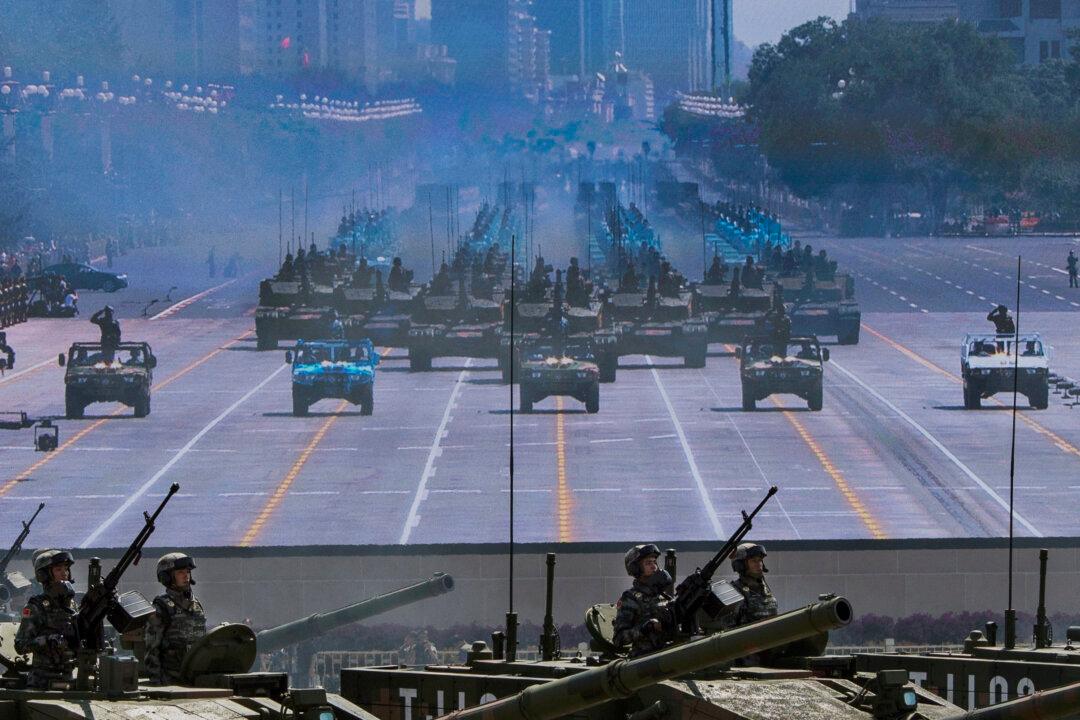The Chinese Communist Party (CCP) has for decades used a comprehensive strategy to steal from the U.S. economy, with tools including espionage, currency manipulation, cybertheft, and intellectual property theft.
“Technology is probably the most important part of our economy,” said U.S. Trade Representative Robert E. Lighthizer before the Senate finance committee on March 22.





